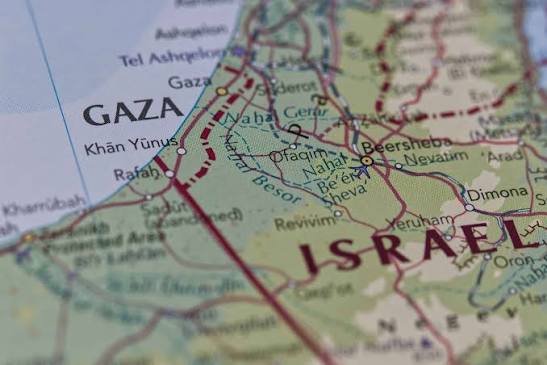Few global issues spark as much emotion, debate, and heartbreak as the Israel–Gaza conflict. For decades, the small stretch of land between Israel and the Gaza Strip has been the center of a struggle that has shaped politics, displaced millions, and challenged hopes for peace in the Middle East.
To outsiders, it can seem confusing — a mix of religion, borders, and decades of mistrust. But behind the headlines are two peoples, both carrying deep wounds and fears, each claiming a right to live in safety and dignity. Understanding this conflict means looking beyond the battles and seeing the human story at its core.
—
A Brief History: How It All Began
The roots of the Israel–Gaza conflict reach far back into the 20th century. After World War I, the land known as Palestine was under British control. It was home to Arab communities, but also to a growing number of Jewish immigrants who believed this was their ancestral homeland.
After World War II and the horrors of the Holocaust, global support for a Jewish state increased. In 1947, the United Nations proposed dividing Palestine into two states — one Jewish and one Arab. The Jewish leadership accepted the plan, but many Arab leaders rejected it, arguing that it was unfair.
In 1948, the State of Israel was declared. Neighboring Arab countries invaded, leading to the first Arab-Israeli war. Hundreds of thousands of Palestinians were displaced, becoming refugees — a tragedy still remembered today as the Nakba, or “catastrophe.”
Israel survived the war and expanded its territory. The Gaza Strip came under Egyptian control, and the West Bank under Jordanian rule. But the seeds of conflict had already been planted.
—
The Rise of Gaza’s Struggle
In 1967, during the Six-Day War, Israel captured the Gaza Strip and the West Bank, bringing millions of Palestinians under Israeli military occupation. Tensions grew as Palestinians demanded independence, while Israel expanded settlements in the occupied territories.
In the decades that followed, Gaza became a symbol of resistance and hardship. Two major uprisings — known as the Intifadas — broke out in 1987 and 2000, as Palestinians protested Israeli control and economic hardship.
In 2005, Israel withdrew its soldiers and settlers from Gaza, giving the territory self-rule. But soon after, a militant group called Hamas took control of Gaza following a power struggle with the Palestinian Authority. Since then, Israel and Hamas have fought several wars, with devastating results for civilians on both sides.
—
Life in Gaza: A Daily Struggle
Today, Gaza is often described as one of the most densely populated places on Earth. Over two million people live in an area of just 140 square miles. Due to an ongoing blockade by Israel (and Egypt), movement in and out of Gaza is heavily restricted.
Basic needs like electricity, clean water, and healthcare are often in short supply. For many Gazans, life feels trapped — not only by physical borders but by political ones too.
Still, amid the hardship, there are stories of resilience. Teachers continue to educate children. Doctors treat patients despite shortages. Artists paint walls with messages of hope. Gaza’s people have learned to survive — and dream — even under constant uncertainty.
—
Israel’s Perspective: Security and Survival
For Israel, the story looks very different. The country was founded as a safe homeland for Jews after centuries of persecution. Israelis see themselves surrounded by potential enemies and argue that strict security measures are necessary to prevent attacks.
Since Hamas came to power, Israel has faced thousands of rocket attacks from Gaza. Cities like Tel Aviv and Sderot have built bomb shelters, and air raid sirens are part of everyday life. Israel’s Iron Dome defense system intercepts many rockets, but fear and tension remain constant.
Israeli leaders argue that as long as Hamas continues to arm itself and call for Israel’s destruction, peace is impossible. Yet many Israelis — activists, writers, and citizens — also call for coexistence, believing that lasting safety can only come through mutual recognition and justice.
—
The Human Cost
Every conflict between Israel and Gaza brings heavy loss. Entire neighborhoods have been destroyed in airstrikes. Families on both sides mourn loved ones. Children grow up knowing war before they understand peace.
According to humanitarian groups, most victims of the fighting are civilians — ordinary people who simply want to live normal lives. Hospitals struggle to treat the wounded, and thousands are displaced whenever violence erupts.
The human toll is perhaps the greatest tragedy of all. In the words of one Gazan teacher, “We have no hatred in our hearts — only exhaustion.”
—
